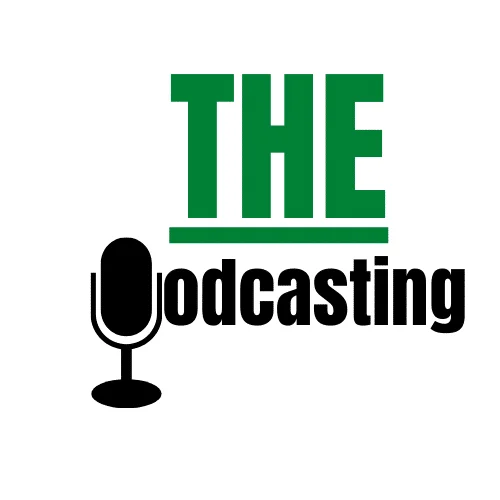In today’s digital age, podcasts have become an increasingly popular medium for sharing information and entertainment with audiences worldwide. However, in order to launch a successful podcast, you need a reliable hosting platform that can deliver your content to your audience seamlessly. Acast is one such podcast hosting platform that has gained a lot of attention in recent years. In this article, we will review Acast’s features, pricing, and other important aspects to help you decide if it is the right hosting platform for your podcast.
Is Acast the Best Podcast Hosting Platform? Our Review
What is Acast?
Acast is a podcast hosting platform that offers podcasters a suite of tools for hosting, distributing, and monetizing their podcasts. With Acast, podcasters can upload their episodes, distribute their podcasts to major podcast directories, and access various analytics and monetization tools.


